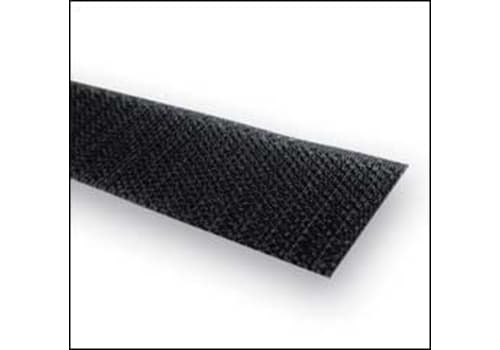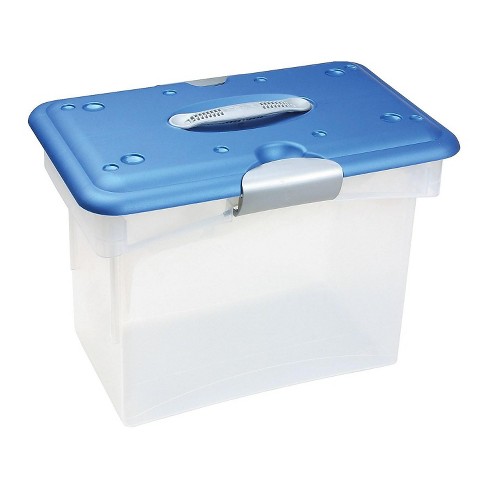Poloidal magnetics and divertor strike point control in the
The Compact Ignition Tokamak (CIT) is proposed to achieve short-pulse ignition and to study the physics of alpha-particle heating in a minimum-sized tokamak. The level of energy confinement required for ignition leads to a high-field (B/sub t/ = 10 T) device with a large plasma current (I/sub p/ = 9 MA). System studies have resulted in a baseline design with major radius R =1.75m, minor radius a =0.55m, elongation b/a = 2.0, and q = 3.5 where elongation and q are measured at the 95% flux surface. The poloidal field (PF) system for the CIT is designed for double-null divertor operation at a plasma current of 4.5 MA less than or equal to I/sub p/ less than or equal to 9.0 MA. Device physics specifications require that divertor operation be possible over a significant range of plasma profiles (e.g., 0.1 less than or equal to ..beta../sub p/ less than or equal to 0.8 and 0.3 less than or equal to l/sub i/ less than or equal to 0.5) and plasma shapes (e.g., 1.6 less than or equal to b/a less than or equal to 2.0 at I/sub p/ = 6.3 MA) using mainly external PF windings. Further, it should be possible to vary, in a controlled manner, the points at which the separatrix flux surface intersects the divertor plates by using some combination of external coils and internal coils of modest current. These PF system flexibility and control requirements lead to several important problems in the area of computational magnetohydrodynamic (MHD) equilibria. Specifically, methods are presented for computing free-boundary equilibria with prescribed major radius, minor radius, PF volt-seconds, and divertor X-point coordinates or divertor strike-point coordinates. These methods are applied in the analysis of the CIT PF system. Equilibrium solutions satisfying the above criteria yield external PF coil currents and PF coil energies that vary over a large range for the specified range of plasma profiles. A numerical optimization technique is used to find solutions of minimum PF energy. 6 refs., 6 figs., 3 tabs.
4th Technical Meeting on Divertor Concepts (7-10 November 2022) · Indico for IAEA Conferences

Benefits and Challenges of Advanced Divertor Configurations in DEMO - ScienceDirect

Tritium–deuterium plasma puts the heat on ITER's first wall – Physics World
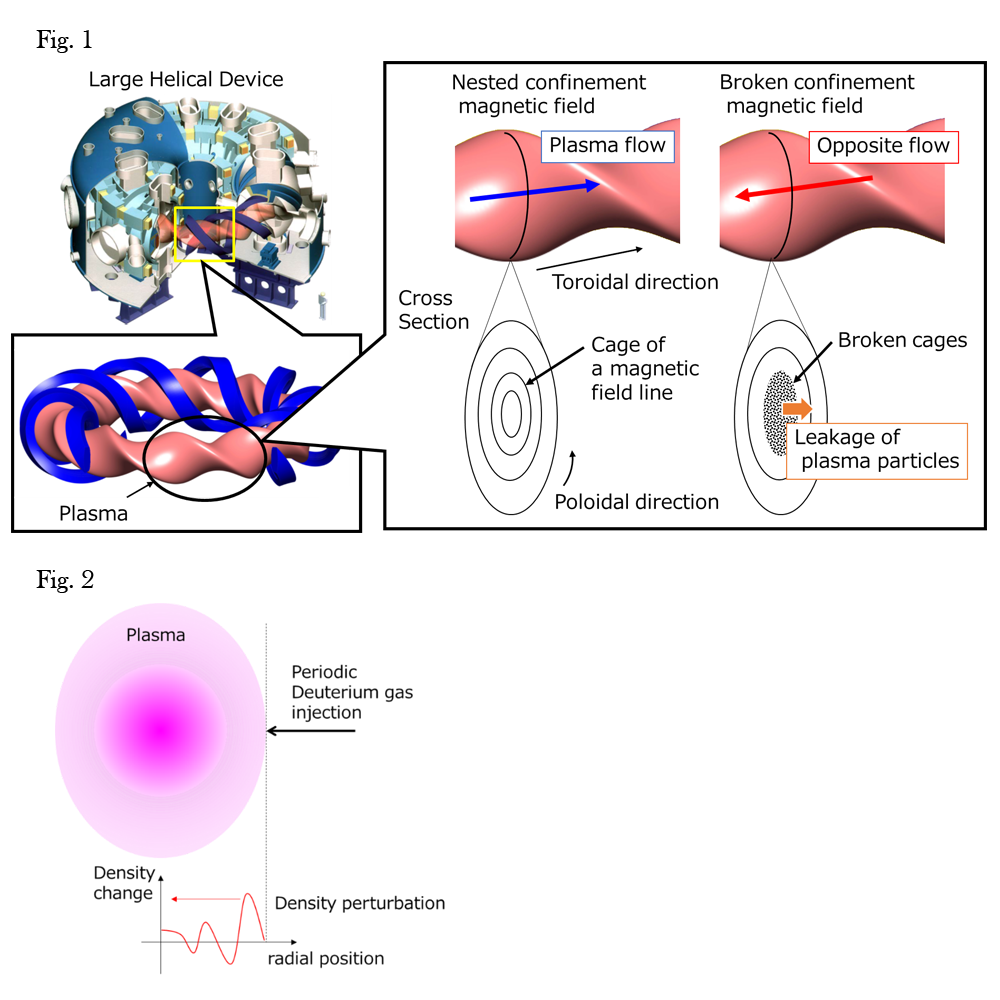
Academic Research Platform LHD / National Institute for Fusion Science

Y. K. M. Peng's research works Oak Ridge National Laboratory, TN

Divertor Tokamak Test Facility Project Proposal

D. J. Strickler's research works Oak Ridge National Laboratory
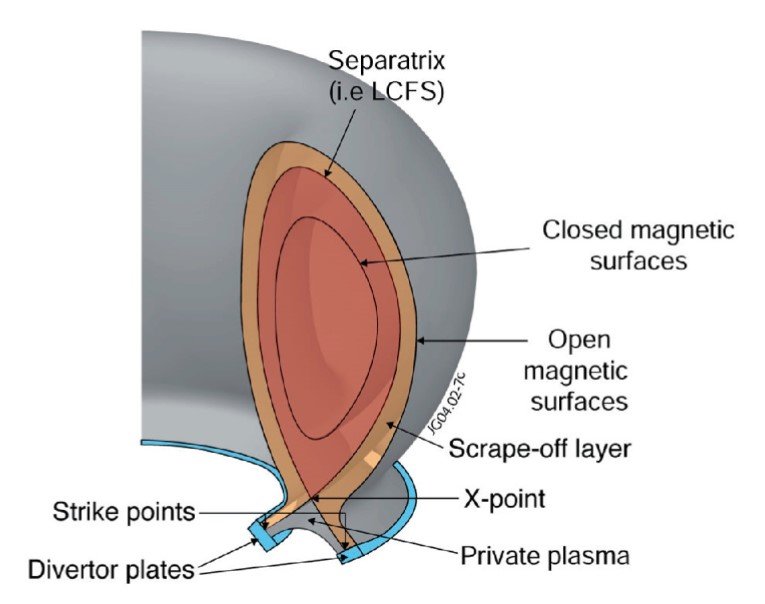
Divertor and Limiter
Persistent Quest-Research Activities1999
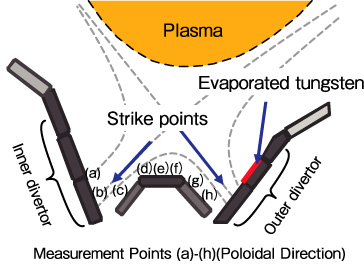
3-9 Investigation of Impurity Transport in Plasma
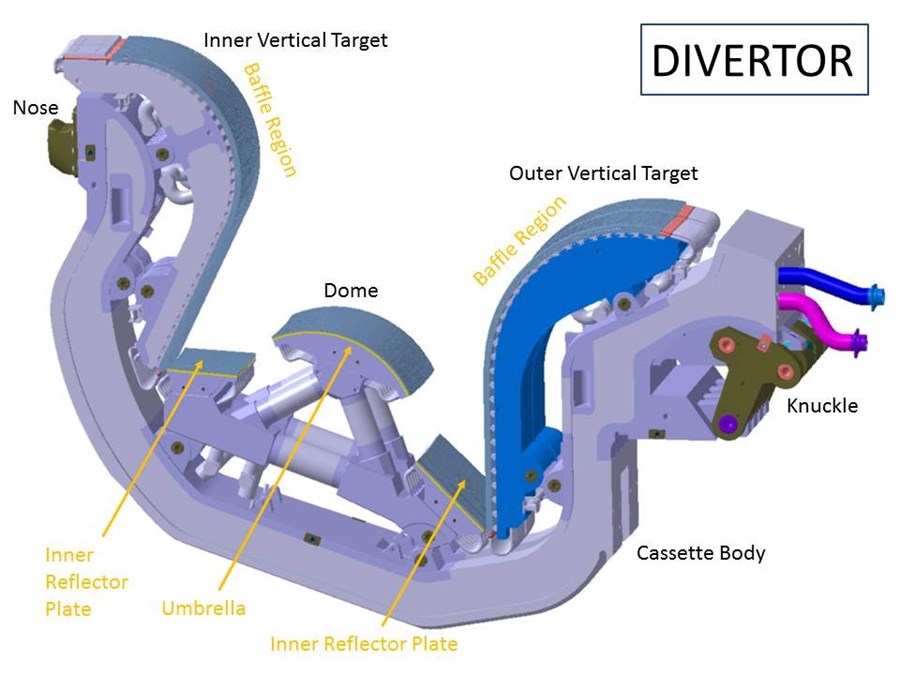
Design review for tungsten divertor shows way ahead





